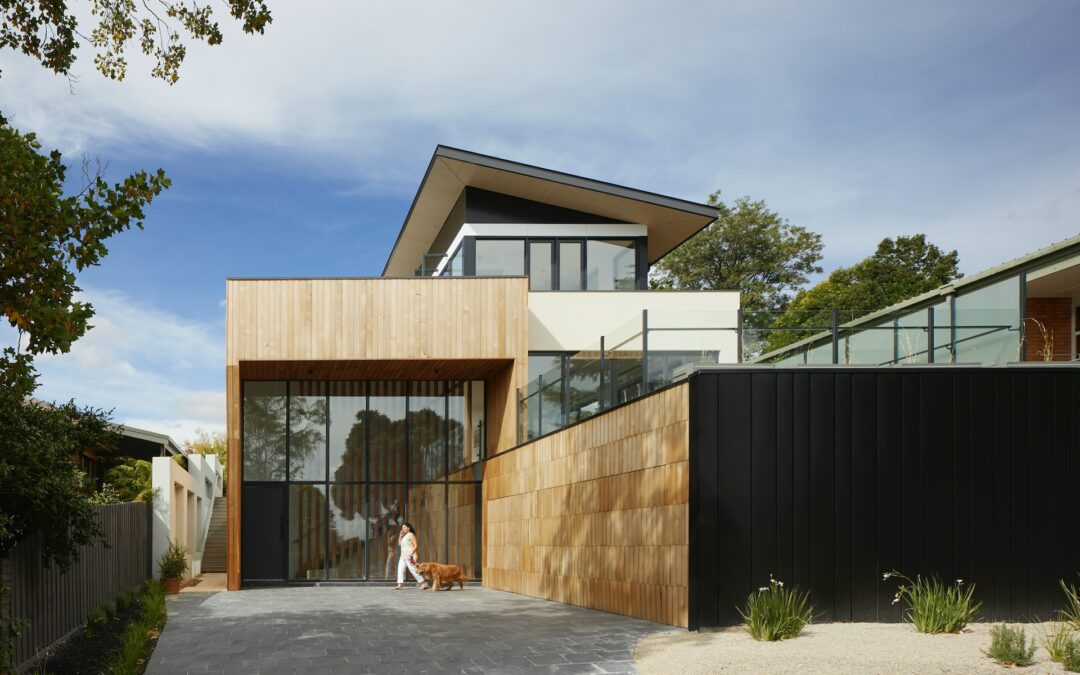Indeed, a tenant must frequently request written permission from their landlord before changing the use of their rented space. The lease agreement between the landlord and tenant often specifies the precise terms and restrictions regulating the allowed usage of the property. To avoid legal repercussions like eviction or termination of the lease agreement, tenants should thoroughly research their lease agreement and comprehend any limitations on how they can use the rented area.
Permitted Use:
A rental property’s “permitted use” refers to the particular uses the landlord permits the tenant to make of the space. The lease agreement, a formal legal contract between the landlord and the tenant, frequently contains this information. The permitted use provision outlines the specific uses that the property may be put to and aids in resolving any disagreements that may arise between the landlord and the tenant.
The authorized use of a rental property might change significantly depending on the type of property, the area, and other elements. Commercial property can limit the kinds of enterprises operating there. A residential property might limit the number of tenants or animals that can be kept there. A few examples of limited uses are running a company, subleasing the property, or making changes to the property without the landlord’s consent.
When Tenants Need Landlord’s Permission?
Many times, tenants must get their landlord’s permission before changing how they utilize their rented property. For instance, a tenant who wishes to open a business from their rental property might need the landlord’s approval. The landlord may terminate the lease or pursue legal remedies if a tenant uses the property for a prohibited purpose.
Landlord Consent:
The agreement or permission given by a landlord to a tenant to carry out a specified action or activity relating to the rented property is referred to as landlord consent. Changing the use of the rented premises, making changes to the property, or taking other activities not provided for in the lease agreement frequently require the tenant to acquire the landlord’s written authorization.
Landlord Approval:
To seek landlord approval, the tenant usually sends the landlord a written request outlining the desired action or activity and any accompanying terms and restrictions. After carefully considering the request, the landlord will decide whether to give or deny permission. If the landlord agrees to the request, they usually confirm it in writing; this confirmation may be in the form of a written agreement that is separate from the lease or an addition to the lease.
Tenants must realize that getting the landlord’s approval is only sometimes a given and that the landlord may impose limitations or conditions on the proposed action or activity of the tenant. For instance, a landlord might consent to let a renter make changes to the property, but only if the changes are made in a particular way or are finished by a specific date. The landlord may be entitled to cancel the lease or pursue other legal remedies if a tenant violates the terms and circumstances of the landlord’s permission.
Conclusion:
Getting the landlord’s permission is a crucial first step to changing the use of a rental property or taking other actions involving the property. To ensure they are entirely informed of the terms and circumstances involved, tenants should carefully evaluate any written agreements or consents they get from the landlord. They should also grasp the precise requirements and procedures for doing so.


